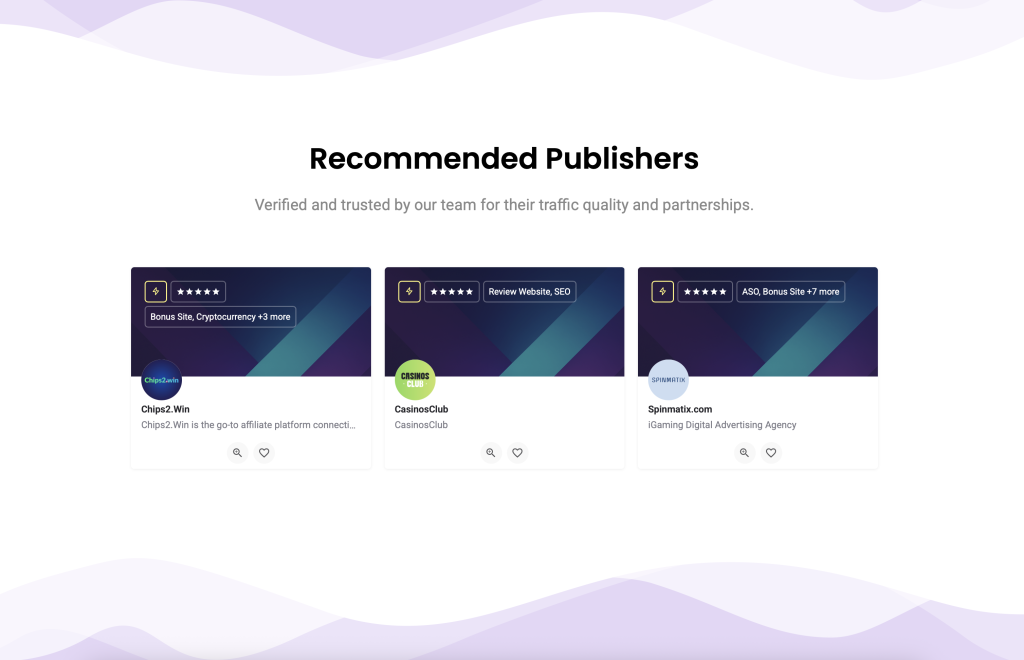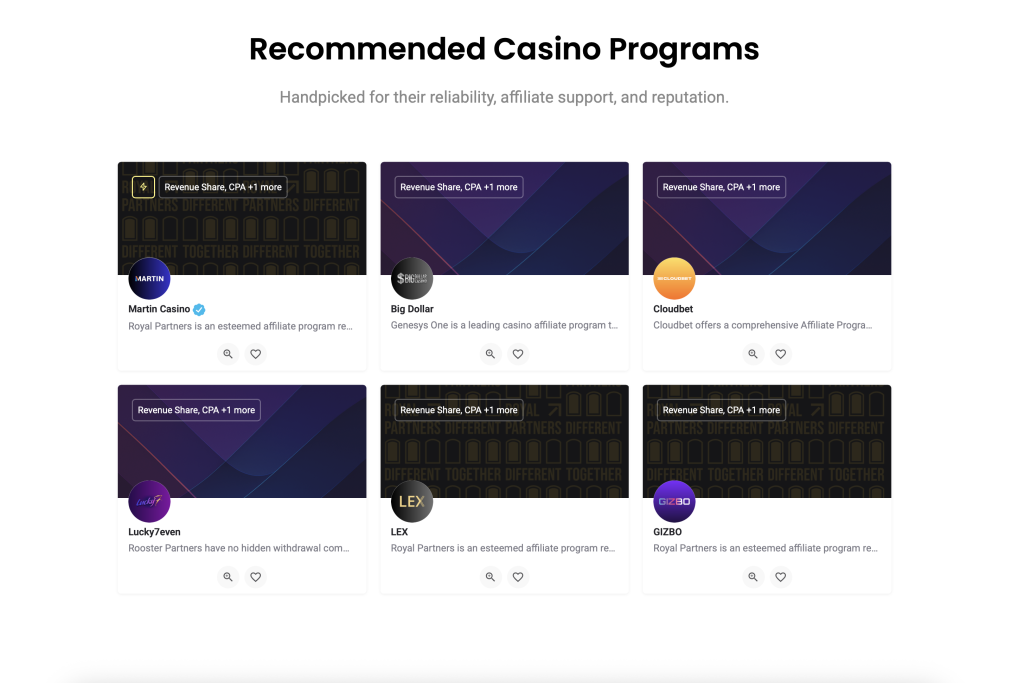-
JoinedJuly 24, 2024
-
Active listings86
- Direct message
Lucky Panda Promotions
iGaming Affiliate
Bonus Site
Make Gambling Fun
iGaming Affiliate
Bonus Site
Media Ads
iGaming Affiliate
Media Buying
Media Elements
iGaming Affiliate
Ad Networks, Bonus Site
Moonshine Casino
iGaming Affiliate
Bonus Site
So Much Poker
iGaming Affiliate
Bonus Site, Other
Portal Arena
iGaming Affiliate
Bonus Site, Other
Reverse Ads
iGaming Affiliate
Ad Networks, Other


